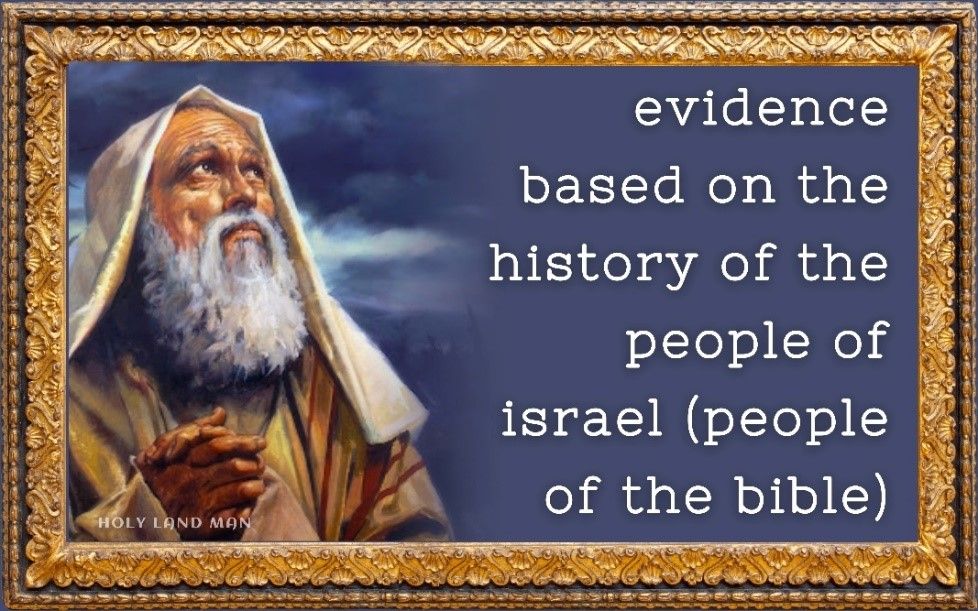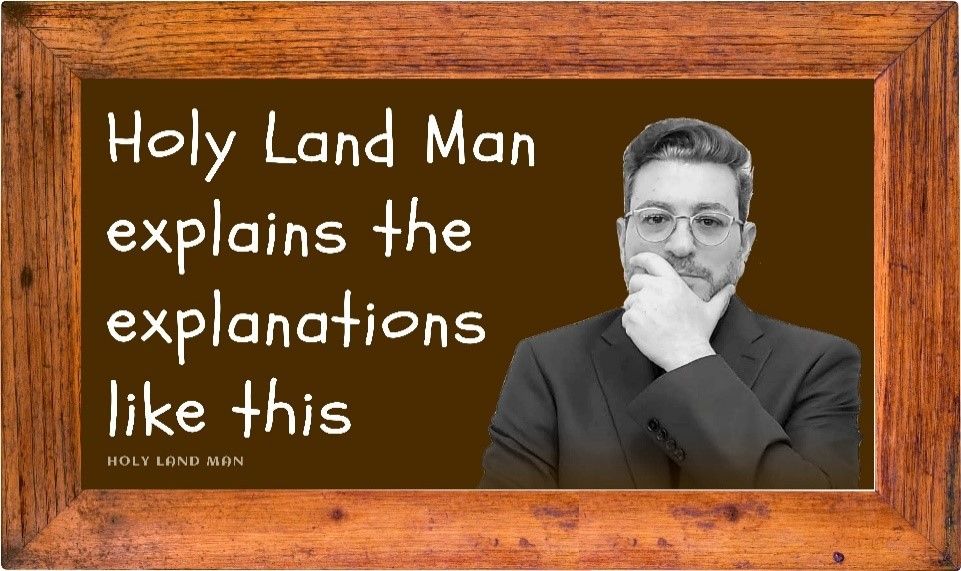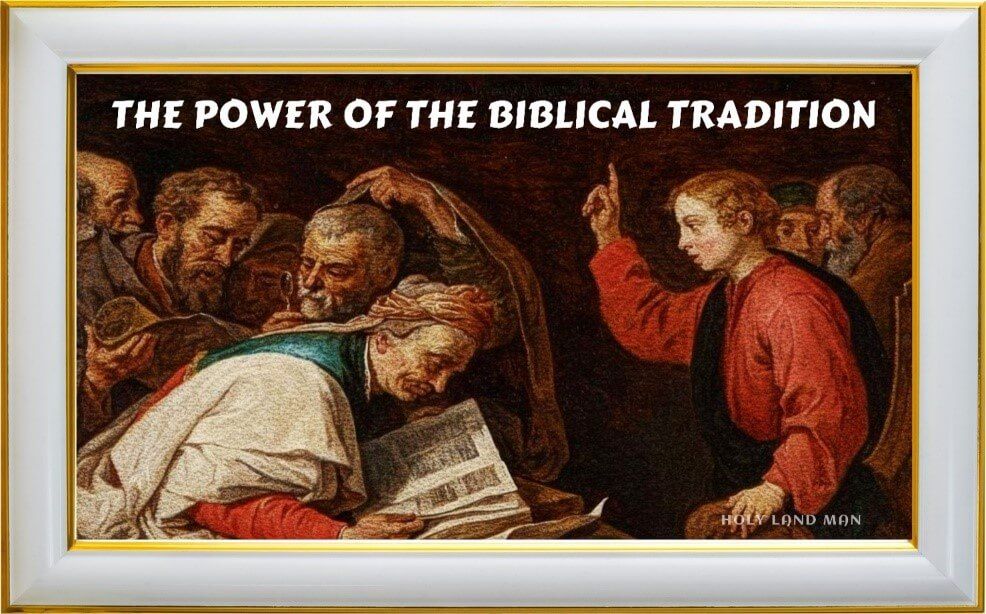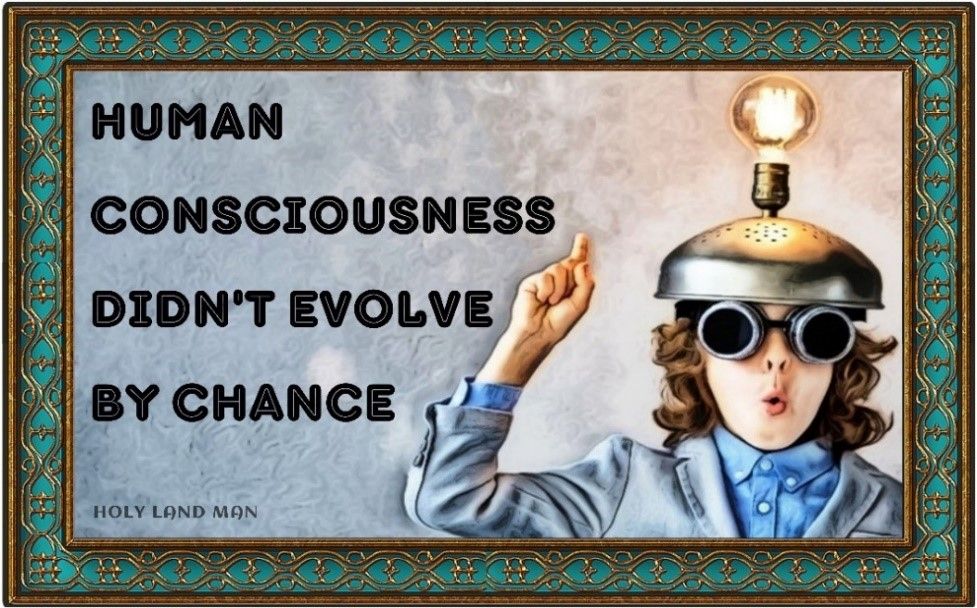Well, we can of course document the event in as much detail as possible, including a breakdown of the location, dates, names of the people who witnessed it, their pedigree and quorum, and what happened before and after the event occurred. We can present this documentation as a sacred document, which cannot be edited or altered.
We can keep the source in a protected place, create copies of it, and instruct our children to keep them and pass them on. We can also order a series of actions and instructions that must be observed to preserve the memory of the event; to commemorate it at any festive occasion; to celebrate it every year on the same date, and to tell it to the next generation, and so on. And of course, we can try to make it clear to our children in all seriousness the magnitude of the importance of the event, and how important it is to pass it on. That’s all that we can do.
But the unfortunate fact is that even if we do all these things, it is likely that a few generations later, skeptics of all kinds will arise, questioning the likelihood of the event and its credibility. It will sound strange to them, different from the reality that is already familiar to them. They will begin to question the credibility of the tradition and the documents, or the credibility of those who created them, suspect them of ignorance and stupidity or deliberate manipulations, and eventually stop believing in the tradition.
No matter how hard we try to perpetuate it, as long as we do not treat the tradition with basic trust, skepticism will always prevail in the end; and in this case, it will arise completely unjustly.










